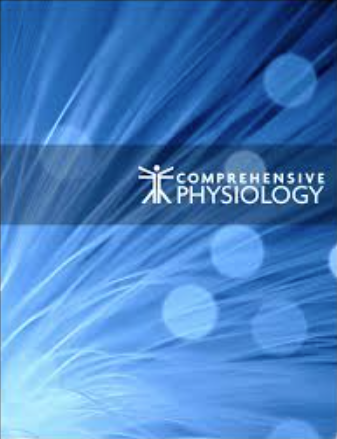求助PDF
{"title":"The Human Microbiome-A Physiologic Perspective.","authors":"Yang Xiao, Tijs Louwies, Ruben A T Mars, Purna C Kashyap","doi":"10.1002/cphy.c230013","DOIUrl":null,"url":null,"abstract":"<p><p>The human microbiome consists of the microorganisms associated with the body, such as bacteria, fungi, archaea, protozoa, and viruses, along with their gene content and products. These microbes are abundant in the digestive, respiratory, renal/urinary, and reproductive systems. While microbes found in other organs/tissues are often associated with diseases, some reports suggest their presence even in healthy individuals. Lack of microbial colonization does not indicate a lack of microbial influence, as their metabolites can affect distant locations through circulation. In a healthy state, these microbes maintain a mutualistic relationship and help shape the host's physiological functions. Unlike the host's genetic content, microbial gene content and expression are dynamic and influenced by factors such as ethnicity, genetic background, sex, age, lifestyle/diet, and psychological/physical conditions. Therefore, defining a healthy microbiome becomes challenging as it is context dependent and can vary over time for an individual. Although differences in microbial composition have been observed in various diseases, these changes may reflect host alterations rather than causing the disease itself. As the field is evolving, there is increased emphasis on understanding when changes in the microbiome are an important component of pathogenesis rather than the consequence of a disease state. This article focuses on the microbial component in the digestive and respiratory tracts-the primary sites colonized by microorganisms-and the physiological functions of microbial metabolites in these systems. It also discusses their physiological functions in the central nervous and cardiovascular systems, which have no microorganism colonization under healthy conditions based on human studies. © 2024 American Physiological Society. Compr Physiol 14:5491-5519, 2024.</p>","PeriodicalId":10573,"journal":{"name":"Comprehensive Physiology","volume":"14 3","pages":"5491-5519"},"PeriodicalIF":4.2000,"publicationDate":"2024-06-27","publicationTypes":"Journal Article","fieldsOfStudy":null,"isOpenAccess":false,"openAccessPdf":"","citationCount":"0","resultStr":null,"platform":"Semanticscholar","paperid":null,"PeriodicalName":"Comprehensive Physiology","FirstCategoryId":"3","ListUrlMain":"https://doi.org/10.1002/cphy.c230013","RegionNum":2,"RegionCategory":"医学","ArticlePicture":[],"TitleCN":null,"AbstractTextCN":null,"PMCID":null,"EPubDate":"","PubModel":"","JCR":"Q1","JCRName":"PHYSIOLOGY","Score":null,"Total":0}
引用次数: 0
引用
批量引用
Abstract
The human microbiome consists of the microorganisms associated with the body, such as bacteria, fungi, archaea, protozoa, and viruses, along with their gene content and products. These microbes are abundant in the digestive, respiratory, renal/urinary, and reproductive systems. While microbes found in other organs/tissues are often associated with diseases, some reports suggest their presence even in healthy individuals. Lack of microbial colonization does not indicate a lack of microbial influence, as their metabolites can affect distant locations through circulation. In a healthy state, these microbes maintain a mutualistic relationship and help shape the host's physiological functions. Unlike the host's genetic content, microbial gene content and expression are dynamic and influenced by factors such as ethnicity, genetic background, sex, age, lifestyle/diet, and psychological/physical conditions. Therefore, defining a healthy microbiome becomes challenging as it is context dependent and can vary over time for an individual. Although differences in microbial composition have been observed in various diseases, these changes may reflect host alterations rather than causing the disease itself. As the field is evolving, there is increased emphasis on understanding when changes in the microbiome are an important component of pathogenesis rather than the consequence of a disease state. This article focuses on the microbial component in the digestive and respiratory tracts-the primary sites colonized by microorganisms-and the physiological functions of microbial metabolites in these systems. It also discusses their physiological functions in the central nervous and cardiovascular systems, which have no microorganism colonization under healthy conditions based on human studies. © 2024 American Physiological Society. Compr Physiol 14:5491-5519, 2024.


